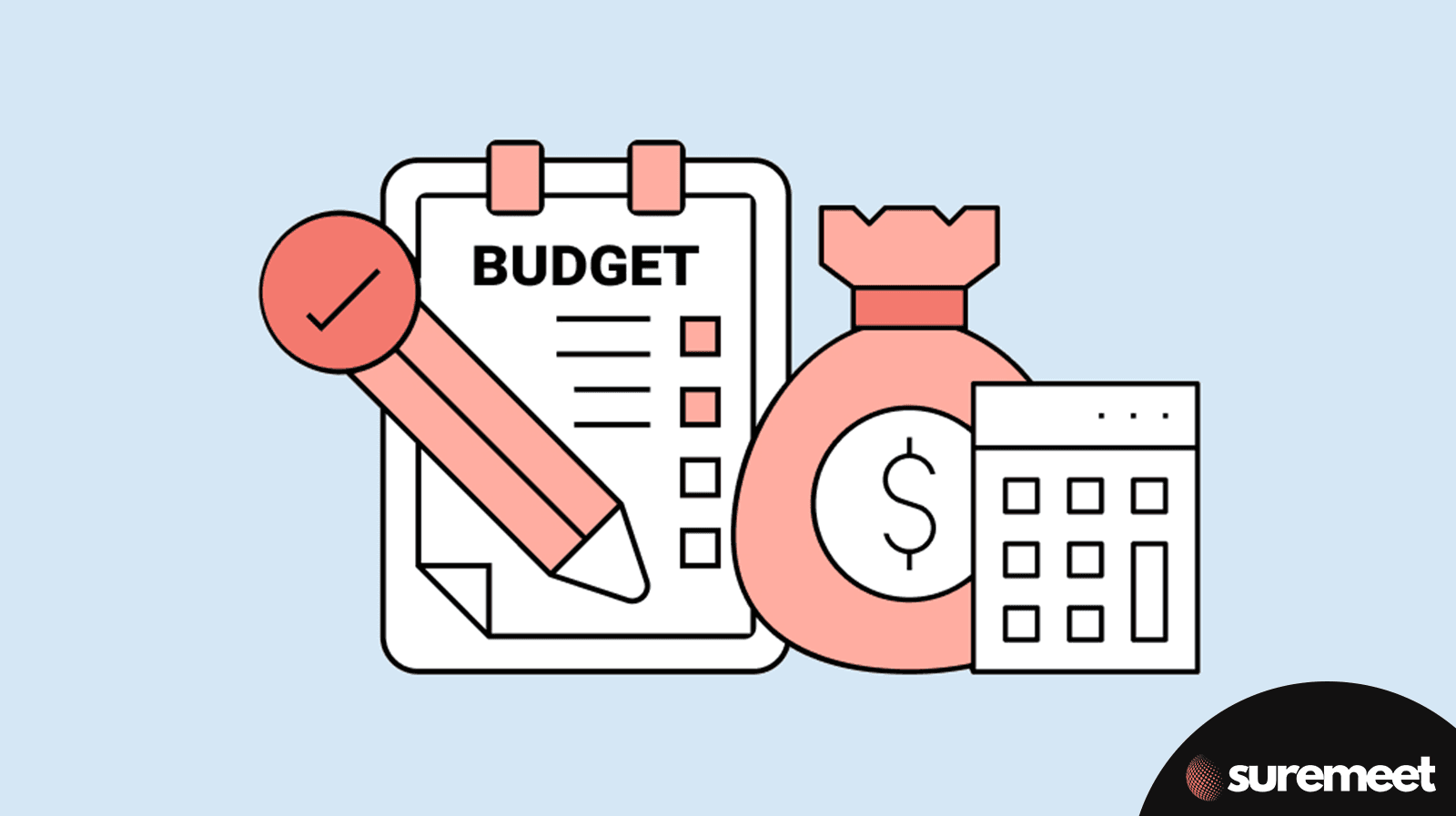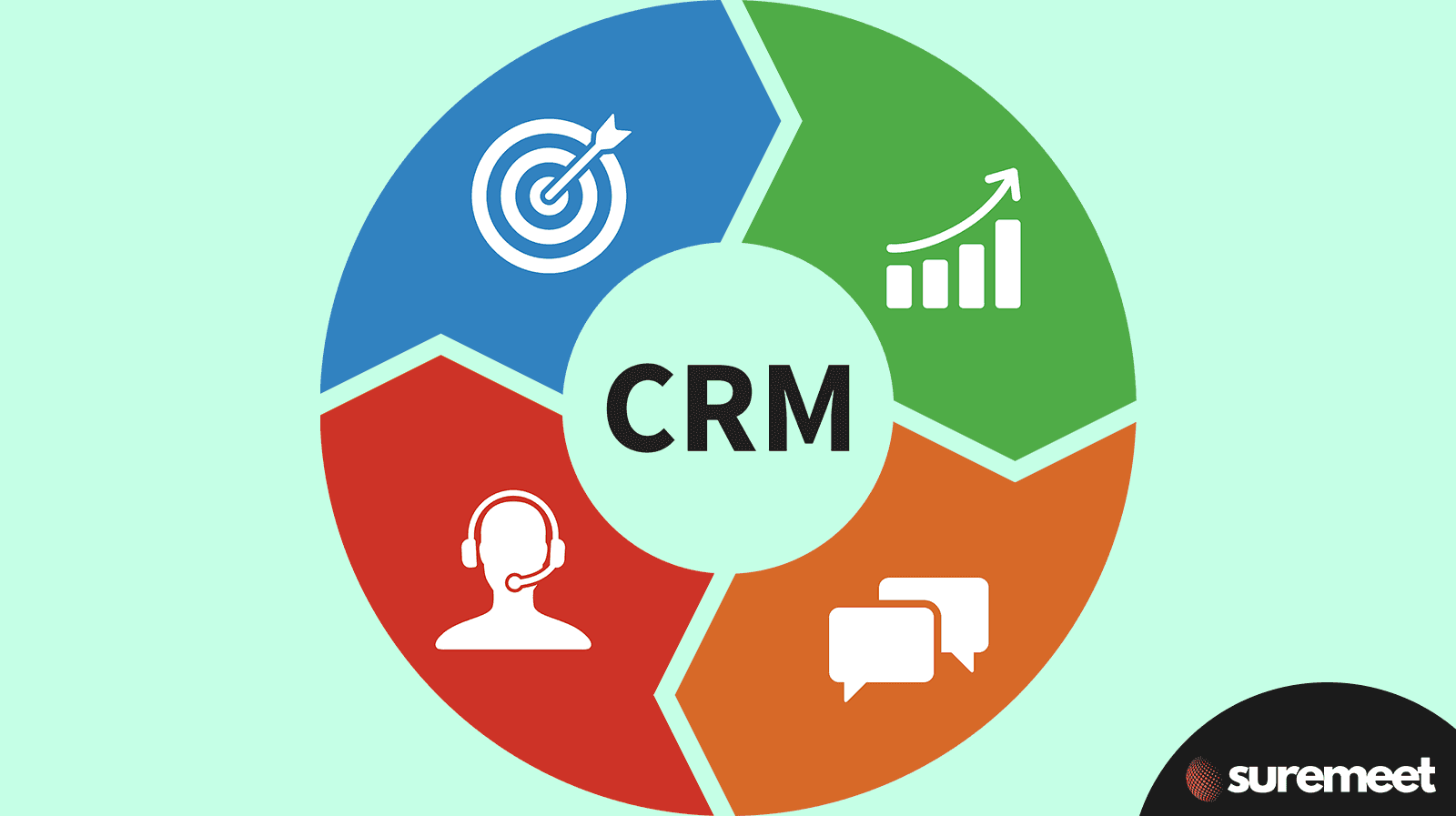8 Key Steps To Qualifying Sales Leads For Better Outcomes
Oct 22, 2024
In today's competitive business world, finding potential customers isn't just about quantity; it's about quality.
The number of leads coming into a business is essential, but what matters more is ensuring that these leads are valuable.
Not every lead is worth pursuing, which is where the process of lead qualification becomes critical.
Qualifying sales leads can help save time, improve conversion rates, and ultimately lead to better business outcomes.
Here are eight key steps to qualify sales leads effectively.
1. Understand the Ideal Customer Profile

Every business should have a clear understanding of who the ideal customer is.
Defining an Ideal Customer Profile (ICP) is one of the first steps to qualifying leads effectively.
This involves identifying the characteristics of customers who are most likely to buy from your business.
Think about factors like:
Industry
Company size
Job titles of decision-makers
Geographical location
Budget and spending habits
Having a well-defined ICP helps ensure that the marketing and sales teams focus their efforts on prospects who are most likely to convert.
It’s important to revisit and refine this profile regularly as business priorities or market conditions evolve.
2. Score Leads Using a Set Criteria

Lead scoring is the process of assigning a value (or score) to each lead based on their level of interest and potential to become a paying customer.
Some factors that might influence a lead's score include:
Engagement with content (emails, website, social media)
Behavior on the website (pages visited, time spent)
Demographic details (location, industry, role)
Using automated systems to assign scores based on this data can help teams prioritize leads.
For example, a lead who has downloaded multiple resources and attended webinars might score higher than someone who only visited the website once.
Leads who score above a certain threshold can be passed to sales teams, while others might need more nurturing.
3. Assess Lead Fit and Need

Even if a lead seems engaged, it's essential to assess whether they have a genuine need for your product or service.
The best way to do this is by understanding their pain points and whether your offering solves their problems.
Start by asking:
Does this lead have a problem that your product can solve?
What stage of the buyer’s journey are they in?
Do they have the authority to make purchasing decisions?
Sales representatives can use qualifying questions to determine whether the prospect’s needs align with what the business offers.
This step is vital in filtering out leads that might seem promising but do not have a real need for your service.
4. Evaluate Timing and Urgency

One of the key questions to ask when qualifying leads is, "When do they need a solution?"
Understanding the urgency behind a prospect’s interest can help the sales team prioritize leads who are ready to buy now, versus those who may still be in the research phase.
Leads with an immediate need will often exhibit more urgent behaviors, such as asking direct questions about pricing or implementation timelines.
These leads should be treated with high priority, while those with less urgent needs may require nurturing over time through emails, content, or check-in calls.
5. Check the Lead's Budget

An important step in qualifying a lead is determining whether they have the budget to make a purchase.
The last thing any sales team wants is to spend significant time and energy on a lead that can’t afford the product.
During the early stages of conversations, it’s useful to ask questions that help gauge the prospect’s financial capacity without being too forward.
Some approaches include:
“What budget have you allocated for this type of solution?”
“Is there flexibility in your budget for additional features?”
These types of questions not only help determine whether the lead can make a purchase, but they also open the door to discussions about potential upselling or customization options.
6. Confirm Decision-Making Authority

It’s crucial to identify whether the lead is the decision-maker or part of a team that influences purchasing decisions.
Selling to someone who doesn’t have the authority to make final decisions can result in significant delays and wasted effort.
Understanding the lead’s role in the decision-making process allows the sales team to adjust their approach accordingly.
Some ways to identify decision-making authority include:
Asking directly, “Are you the person responsible for making this decision?”
Asking about the decision-making process within their company and who else is involved.
Gently probing into the company's internal structure to understand who holds the final approval.
If a lead is not the decision-maker, it’s essential to work on building relationships with those who are or ensuring the current contact can advocate effectively for the solution.
7. Use Technology and Tools for Better Insights

Technology can be a powerful ally in the process of lead qualification.
Customer relationship management (CRM) systems and other lead-tracking tools can help businesses manage large numbers of leads while keeping track of key data points, such as past interactions, behavior patterns, and engagement levels.
By integrating CRM systems with marketing automation tools, businesses can also nurture leads over time, sending them personalized content based on their behavior.
For instance, if a lead revisits a pricing page several times, the system can trigger an alert to the sales team that the lead may be ready for direct outreach.
This is where SureMeet comes in. SureMeet can seamlessly integrate with your CRM and scheduling tools, helping sales teams organize meetings more efficiently while keeping track of lead activity.
It ensures that you're reaching out at the right time, helping to convert more leads into sales-qualified leads (SQLs).
8. Maintain Regular Follow-Ups and Communication

Once a lead has been qualified, consistent follow-up is essential to maintaining momentum and keeping the prospect engaged.
However, it’s important to strike the right balance between being proactive and not overwhelming the lead.
Some best practices include:
Setting regular check-ins, such as once a week or biweekly, depending on the urgency.
Personalizing communication by referencing previous conversations, showing that you understand their unique needs.
Providing valuable content, such as case studies, industry reports, or product demos, to keep the lead engaged.
Effective communication should always aim to build trust and help the lead move further along the buyer’s journey.
Sometimes, leads might need more time before making a final decision, but with regular touchpoints, businesses can stay top of mind when they are ready to buy.
Conclusion
Qualifying sales leads isn't about casting a wide net and hoping for the best. Instead, it's a targeted approach that helps sales teams focus their efforts on the most promising prospects.
By following these eight key steps, businesses can improve their lead qualification process, leading to better outcomes such as higher conversion rates, shorter sales cycles, and more efficient use of resources.
It’s all about working smarter, not harder, and ensuring that each lead has genuine potential to become a satisfied customer.
SureMeet helps you streamline this process. With SureMeet, you can focus on high-quality leads by collecting refundable deposits, ensuring that only serious clients book meetings.
By collecting these refundable deposits, SureMeet guarantees you focus only on leads with great potential, saving time and resources.
Start optimizing your schedule with SureMeet today and focus on what truly matters—building meaningful connections. Get started now!
Related Posts:
Top 5 Common Pitfalls In Lead Qualification And How To Avoid Them
How to Qualify Leads in Sales (Without Wasting Your Time On Tire Kickers)
What is a Sales Qualified Lead (SQL) and Why is it Important?
Boost Your Lead Generation: Unlock The Secret To More Committed Clients With Pre-Call Deposits
